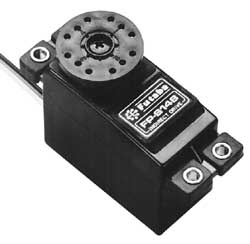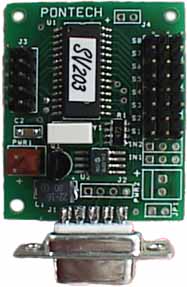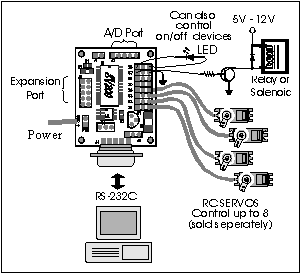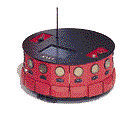|
|
Pan-Tilt Camera Mount
Team members :
Cuong Pham
Bill Hoffmann
Nick Trienens
Azra Sisic
The current camera mount on our Magellan base is fixed. The camera points forward and down, and remains static with respect to the base. The angle of view then is limited to the lens' properties. For example, in a simple vision application that calls for finding
left distance and right distance, what can be seen as left and what can be seen as right physically depend on the camera, or its lens. Without rotating the base as a whole, it is not possible to extend the sight, or finding, of left distance and right distance.
Furthermore, as aforementioned, the camera points not only forward but also down. This configuration restricts the camera to looking solely at the ground a few feet before the base, while fitting for applications like leg detectors rendering other sexier
applications like face detectors completely infeasible. Clearly these limitations are less than desirable.
We propose to overcome these limitations by adding two degrees of freedom to the camera mount, mainly horizontal rotation or pan, and vertical rotation or tilt. We will accomplish this task by mounting the camera on a mechanical setup that allows for pan and
tilt. The rotation of the pan plate and the tilt plate are actuated by respective Futaba servos. (See Figure 1.) These servos are controlled by a SSC (serial servo controller). (See Figure 2.) And the SSC receives control messages from a notebook PC via the
RS-232 serial interface (using DB9 connectors).
We choose this solution based on its simple yet effective design. Implementation should proceed smoothly and on schedule.
And last but not least, the part cost is very low, i.e., under $100.
 |
| Figure 1. Futaba servo, FP-S148 |
  |
| Figure 2. Pontech SSC, SV203 |
|



